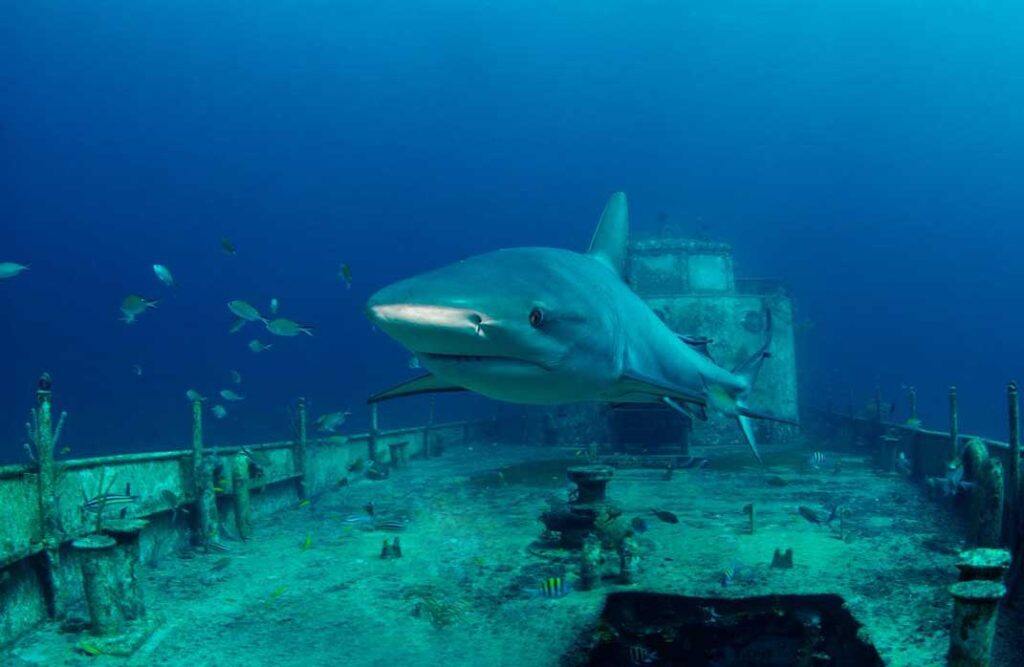Monitoring marine life around shipwrecks can provide scientists with a trove of data to better understand changing underwater environments, research suggests.


Tracking species that make their homes in submerged sites and vessels can offer vital clues about how these lifeforms adapt to survive, according to the study team.
Surveillance of wreck sites could aid future efforts to protect aquatic species at risk from shifts in the marine ecosystem, says the team involving Edinburgh archaeologists.
The research is shedding fresh light on so-called connectivity – the ability of species to move freely from place to place so they can find food and breed.
It is also aiding understanding of the complex process known as succession – how the mix of species and habitats at a given location changes over time.
And insights are being gained into processes such as disturbance, caused by temporary changes in environmental conditions, and degradation brought about by habitat destruction.
Starkly different
“Wrecked vessels, from large ships to small dinghies, provide artificial structures and materials that are starkly different from the surrounding ecosystem.” says Georgia Holly, of the University of Edinburgh’s School of History, Classics and Archaeology.
The study team has been observing how wrecks can harbour valuable ecological resources and become home to a rich variety of organisms.
Microorganisms, algae and invertebrates, such as corals and sponges, grow on submerged debris and materials.
Small fish and crustaceans often find shelter in the crevices of sunken material, while larger fish and predators use shipwrecks as feeding grounds and rest stops as they swim from place to place.
Biodiversity hotspots
Yet while shipwrecks can become ‘biodiversity hotspots’, they can also harbour harmful invasive species or dangerous materials, the team says. These can cause damage to existing habitats in the surrounding area and introduce harmful substances such as oil.
An estimated three million shipwrecks are scattered across oceans, rivers and lakes and many have been reclaimed by aquatic life.
These often elusive relics, which hold vital clues about past human behaviour, are classified as Underwater Cultural Heritage by UNESCO.
Key habitats
“While shipwrecks are widely recognised for their cultural significance, they are also often important ecological habitats, forming island-like ecosystems important for both biodiversity, and coastal people’s heritage and livelihoods,” says Dr Holly.
To help develop this emerging discipline, the study team suggests establishing a global biocultural heritage monitoring network for shipwrecks that are ripe for scientific exploration.
Sensitive use of advanced technologies can help ensure that shipwrecks remain protected as both ecological and cultural resources.
The research, published in BioScience journal, was completed by a team of ecologists and archaeologists from the UK and the US.






































